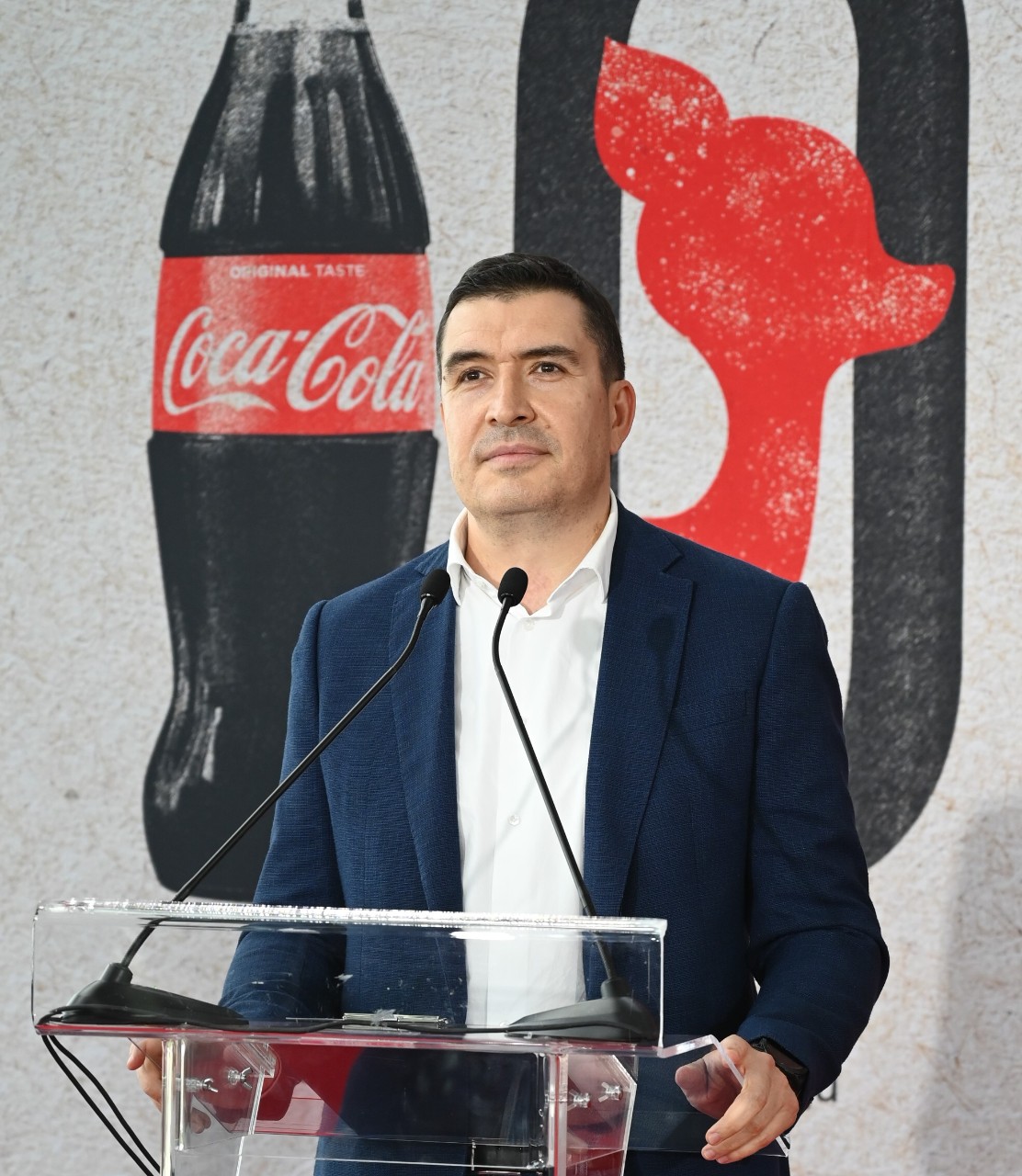In 2023, we introduced attached caps to facilitate recycling of the entire package, and whenever a consumer chooses our Joy, FuzeTea, or neXt lemonades, they select packaging made from recycled plastic. Currently, about 8 percent of our total packaging on the market is made from recycled plastic. The Coca-Cola HBC Group has set the goal of achieving zero emissions by 2040. It seems far off, but that future is now. I see the next 16 years leading up to fulfilling our promise as a period for innovation and unlocking potential, both for us and our partners.
How relevant is sustainability becoming as a topic for domestic consumers? Do you see shifts in this direction?
Businesses thrive only when they are relevant to the needs of the communities they are part of, as this allows them to fulfill their role to all stakeholders: customers, partners, employees, and consumers. Accordingly, I can say that sustainability is becoming an increasingly relevant issue for consumers. Numerous questions and comments we received after introducing the attached caps are one example. More and more frequently, we hear from job candidates that they care about how the company treats the community or the planet. To be a desirable employer or a favorite brand, it is essential to genuinely embody a culture of sustainable business practices. As Coca-Cola HBC Serbia, we not only do what is right but also aim to be relevant to consumers who have different needs than they did 10 or 20 years ago.
At the presentation of the Sustainability Report, the information about your investments in digitalization was surprising.
Digitalization has long become “everyone’s” business; it is no longer reserved for technology or financial companies. For us, digitalization means a greater focus on our customers and partners, a better experience for employees, improved overall productivity, and sustainable solutions. This is why, together with the company Bambi as part of the Coca-Cola HBC system, we have invested more than 8 million euros in digitalization over the past two years. Today, 14 percent of our sales volume comes through digital channels. This speaks volumes about the power of digitalization. Over the past year, we implemented next-generation software for better route planning for our sales representatives, reducing travel time by 12%, which will further reduce CO2 emissions. I think we have only “tapped into” a portion of all the possibilities digitalization offers. I look forward to witnessing even more intense business transformation in the years ahead with the help of the latest technologies.
Can it be said that the intersection of digitalization and sustainability is also reflected in the announced project of building an automated warehouse?
When we talk about new horizons we are opening, one of the most important projects for us this year is the commencement of building an automated warehouse, which will be the cornerstone for setting innovative standards in logistics. With this project, our warehouse capacity and efficiency will increase, and the loading capacity will double. We will simplify processes, reducing operation times and minimizing the possibility of errors. Regarding the impact on environmental parameters, we expect a reduction in CO2 emissions by 1.35 tons annually. Preparatory work is well underway, and we expect construction of the automated warehouse, valued at 33 million euros, to begin this year.
